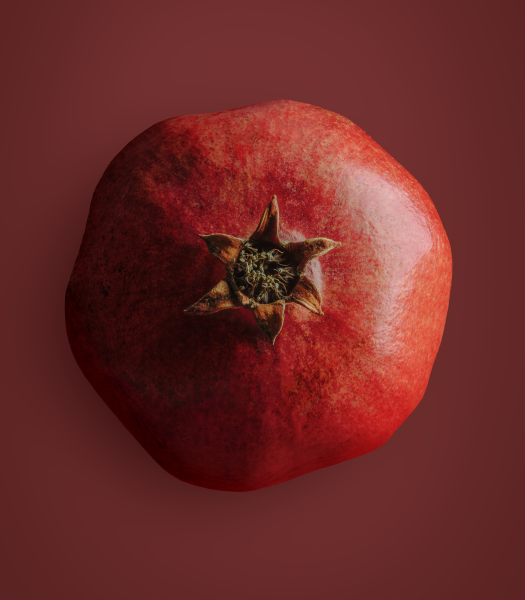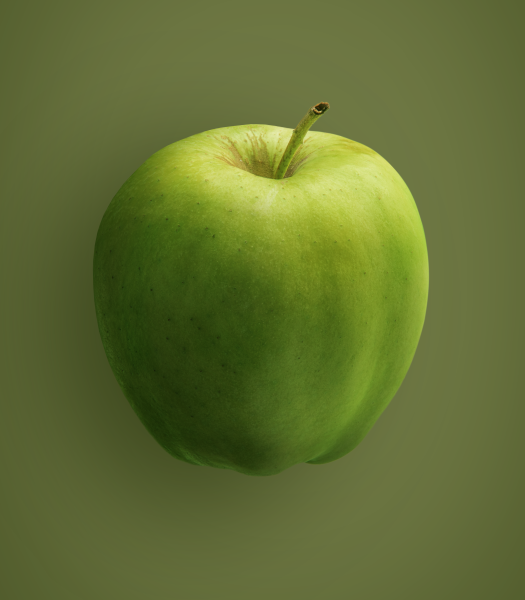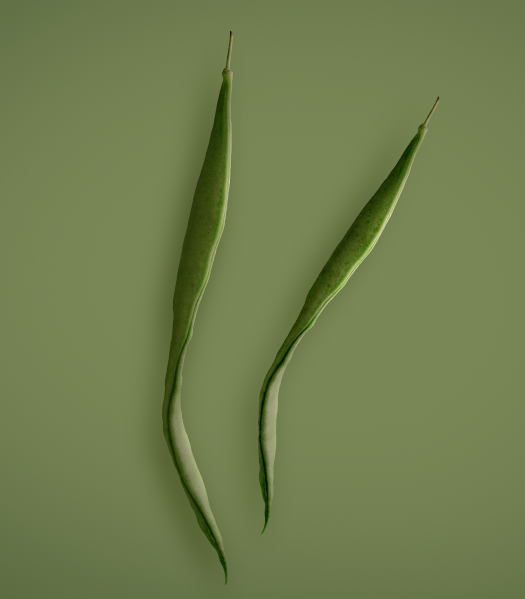Green beans
This fresh legume belongs to the cowpea family, but unlike its “cousins”, it should be eaten while still young, not ripe. It is the best way to appreciate its delicate, slightly sweet, tender and not very fibrous flavour.
The green bean is native to tropical countries and was introduced in Europe in the 15th century by Spanish navigators returning from expeditions in Central America.
Green is the most common colour, although there are varieties in shades of purple and yellow. But the secret lies in the properties this legume offers. With only 25 calories per 100 grams, it is low in energy value, has vitamin K and folic acid, which contribute to normal blood coagulation, and manganese, an excellent antioxidant.
Although a summer “vegetable”, green beans are available all year round and can be eaten in soups, boiled, sautéed, breaded or au gratin.






